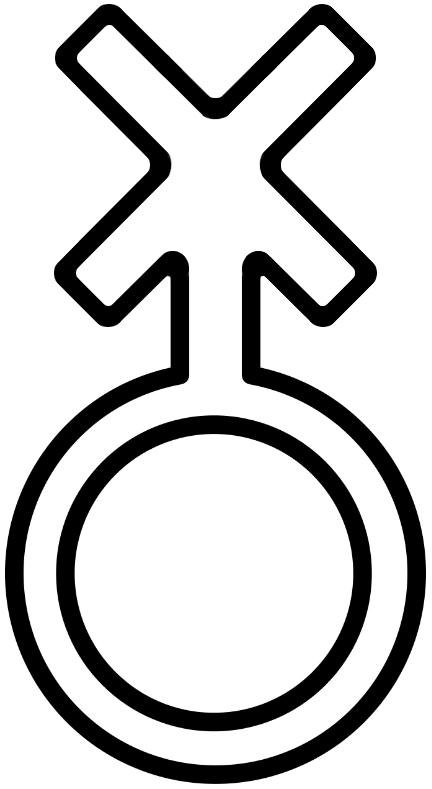For Those That are Nonconforming
By Aaliyah Balcacer
First off, Gender variance, or gender nonconformity, is behavior or gender expression by an individual that does not match masculine and feminine gender norms. People who exhibit gender variance may be called gender variant, gender non-conforming, gender diverse or gender atypical,[1] and may be transgender, or otherwise variant in their gender expression.
Pronouns like "he" or "she" often don't fit well for many gender nonconforming people because they reflect a rigid, binary system that doesn't adequately describe who they are.
That's why it's important to use the pronouns that a person has requested in order to respect their identity.
Although gender nonconformity often corresponds with non-normative sexuality, it's important to recognize the difference between sexuality and gender. They are distinct. For example, someone who identifies as a man could present to others in conventionally feminine ways and be attracted to women.
Many gender nonconforming people don't readily identify as a "man" or a "woman" in the first place, and even for those who do, this is a matter of the person's gender identity, not their sexual orientation. Who they're attracted to is a separate conversation.
To better describe this to people, I asked a close friend of mine who does not conform to a gender to explain it to me. This is what I gathered: Imagine a color spectrum and picture the binary genders as each end of the spectrum. There's an arrow that indicates your gender identity. So for those that are cisgender, the arrow is always hovering on their end of the spectrum. But for nonbinary people, their experiences, their expression, their self, and their situation pushes the arrow and it makes it move to different parts of the spectrum. It's not like one day a person can wake up and feels like a girl. For most people, that's not how it works because you're ignoring the fact that there is so much more in between. There are some genderfluid people that do identify as binary genders sometimes which is why they pick the pronouns "she/them" for example. It is always a combination.
Some people also ask about the difference between being gender neutral and being agender.
--Gender neutral people would lie right in the middle of the color spectrum mentioned earlier. Agender people are not in that linear spectrum. Genderqueer people have a few arrows and take a bit of every gender they like.
You cannot assume that the entire non binary community experiences the same thing based on an account of one individual however.
